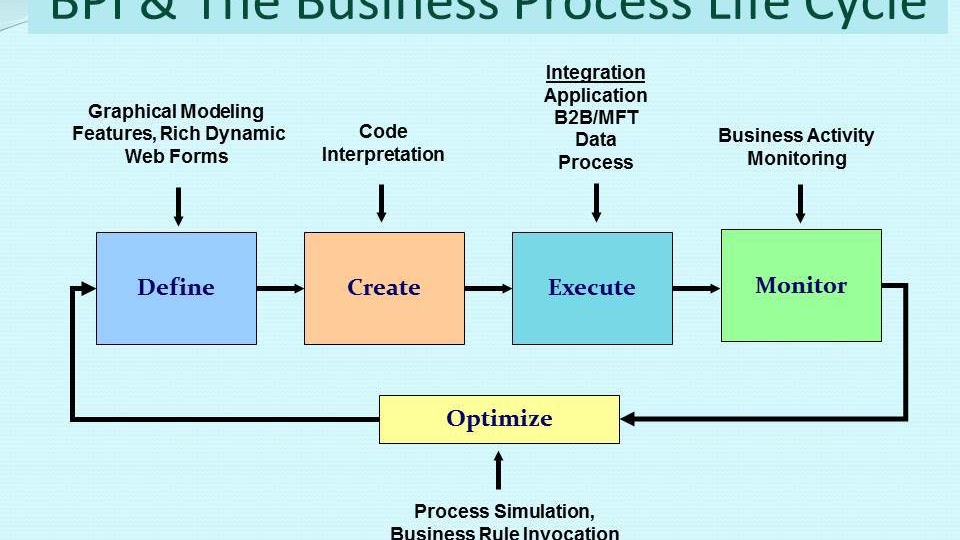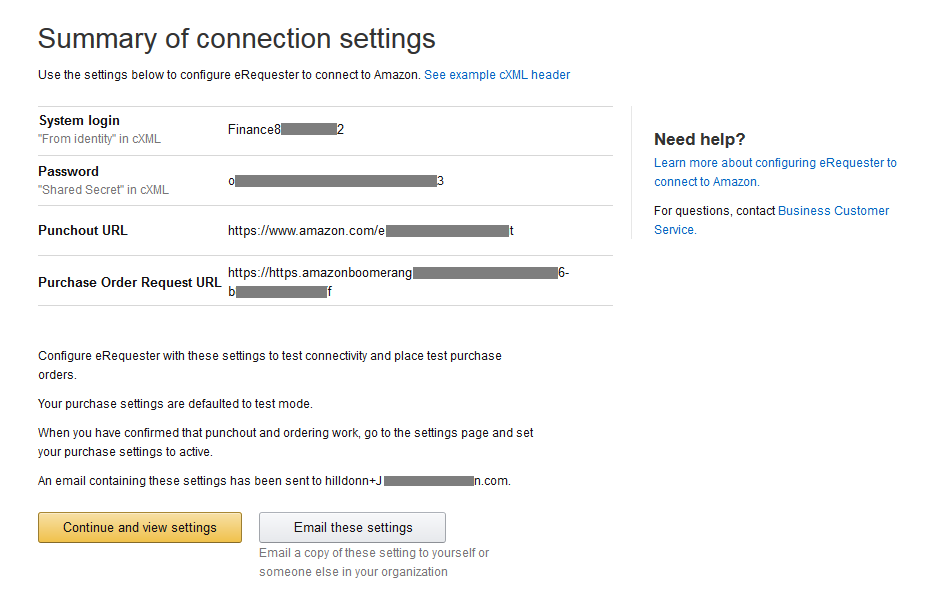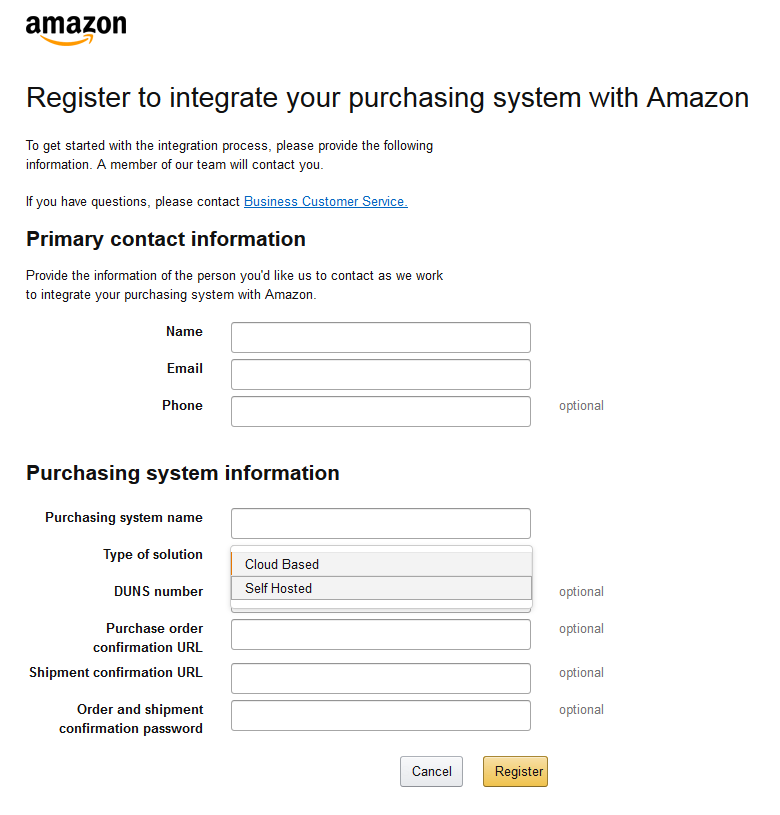Business process modeling (BPM) in systems engineering is the activity of representing processes of an enterprise, so that the current process may be analyzed or improved. BPM is typically performed by business analysts, who provide expertise in the modeling discipline; by subject matter experts, who have specialized knowledge of the processes being modeled; or more commonly by a team comprising both. Alternatively, the process model can be derived directly from events' logs using process mining tools.
The business objective is often to increase process speed or reduce cycle time; to increase quality; or to reduce costs, such as labor, materials, scrap, or capital costs. In practice, a management decision to invest in business process modeling is often motivated by the need to document requirements for an information technology project.
Change management programs are typically involved to put any improved business processes into practice. With advances in software design, the vision of BPM models becoming fully executable (and capable of simulations and round-trip engineering) is coming closer to reality.
History
Techniques to model business process such as the flow chart, functional flow block diagram, control flow diagram, Gantt chart, PERT diagram, and IDEF have emerged since the beginning of the 20th century. The Gantt charts were among the first to arrive around 1899, the flow charts in the 1920s, Functional Flow Block Diagram and PERT in the 1950s, Data Flow Diagrams and IDEF in the 1970s. Among the modern methods are Unified Modeling Language and Business Process Model and Notation. Still, these represent just a fraction of the methodologies used over the years to document business processes. The term 'business process modeling' was coined in the 1960s in the field of systems engineering by S. Williams in his 1967 article 'Business Process Modeling Improves Administrative Control'. His idea was that techniques for obtaining a better understanding of physical control systems could be used in a similar way for business processes. It was not until the 1990s that the term became popular .
In the 1990s the term 'process' became a new productivity paradigm. Companies were encouraged to think in processes instead of functions and procedures. Process thinking looks at the chain of events in the company from purchase to supply, from order retrieval to sales, etc. The traditional modeling tools were developed to illustrate time and cost, while modern tools focus on cross-functional activities. These cross-functional activities have increased significantly in number and importance, due to the growth of complexity and dependence. New methodologies include business process redesign, business process innovation, business process management, integrated business planning, among others, all "aiming at improving processes across the traditional functions that comprise a company".
In the field of software engineering, the term 'business process modeling' opposed the common software process modeling, aiming to focus more on the state of the practice during software development. In that time (early 1990s) all existing and new modeling techniques to illustrate business processes were consolidated as 'business process modeling languages'. In the Object Oriented approach, it was considered to be an essential step in the specification of business application systems. Business process modeling became the base of new methodologies, for instance those that supported data collection, data flow analysis, process flow diagrams and reporting facilities. Around 1995, the first visually oriented tools for business process modeling and implementation were being presented.
Business Process Integration Video
BPM topics
Business model
A business model is a framework for creating economic, social, and/or other forms of value. The term 'business model' is thus used for a broad range of informal and formal descriptions to represent core aspects of a business, including purpose, offerings, strategies, infrastructure, organizational structures, trading practices, and operational processes and policies.
In the most basic sense, a business model is the method of doing business by which a company can sustain itself. That is, generate revenue. The business model spells-out how a company makes money by specifying where it is positioned in the value chain.
Business process
A business process is a collection of related, structured activities or tasks that produce a specific service or product (serve a particular goal) for a particular customer or customers. There are three main types of business processes:
- Management processes, that govern the operation of a system. Typical management processes include corporate governance and strategic management.
- Operational processes, that constitute the core business and create the primary value stream. Typical operational processes are purchasing, manufacturing, marketing, and sales.
- Supporting processes, that support the core processes. Examples include accounting, recruitment, and technical support.
A business process can be decomposed into several sub-processes, which have their own attributes, but also contribute to achieving the goal of the super-process. The analysis of business processes typically includes the mapping of processes and sub-processes down to activity level. A business process model is a model of one or more business processes, and defines the ways in which operations are carried out to accomplish the intended objectives of an organization. Such a model remains an abstraction and depends on the intended use of the model. It can describe the workflow or the integration between business processes. It can be constructed in multiple levels.
A workflow is a depiction of a sequence of operations, declared as work of a person, of a simple or complex mechanism, of a group of persons, of an organization of staff, or of machines. Workflow may be seen as any abstraction of real work, segregated into workshare, work split or other types of ordering. For control purposes, workflow may be a view of real work under a chosen aspect.
Artifact-centric Business Process
The artifact-centric business process model has emerged as a holistic approach for modeling business processes, as it provides a highly flexible solution to capture operational specifications of business processes. It particularly focuses on describing the data of business processes, known as "artifacts", by characterizing business-relevant data objects, their lifecycles, and related services. The artifact-centric process modelling approach fosters the automation of the business operations and supports the flexibility of the workflow enactment and evolution.
Business process modeling tools
Business process modeling tools provide business users with the ability to model their business processes, implement and execute those models, and refine the models based on as-executed data. As a result, business process modeling tools can provide transparency into business processes, as well as the centralization of corporate business process models and execution metrics.
Modeling and simulation
Modeling and simulation functionality allows for pre-execution "what-if" modeling and simulation. Post-execution optimization is available based on the analysis of actual as-performed metrics.
- Use case diagrams created by Ivar Jacobson, 1992 (integrated in UML)
- Activity diagrams (also adopted by UML)
Some business process modeling techniques are:
- Business Process Model and Notation (BPMN)
- Cognition enhanced Natural language Information Analysis Method (CogNIAM)
- Extended Business Modeling Language (xBML)
- Event-driven process chain (EPC)
- ICAM DEFinition (IDEF0)
- Unified Modeling Language (UML), extensions for business process such as Eriksson-Penker's
Programming language tools for BPM
BPM suite software provides programming interfaces (web services, application program interfaces (APIs)) which allow enterprise applications to be built to leverage the BPM engine. This component is often referenced as the engine of the BPM suite.
Programming languages that are being introduced for BPM include:
- Business Process Execution Language (BPEL),
- Web Services Choreography Description Language (WS-CDL).
- XML Process Definition Language (XPDL),
Some vendor-specific languages:
- Architecture of Integrated Information Systems (ARIS) supports EPC,
- Java Process Definition Language (JBPM),
Other technologies related to business process modeling include model-driven architecture and service-oriented architecture.
Are You Looking for Products
Here some products related to "Business Process Modeling".
Amazon..
Amazon..
Amazon..
Mergers, Acquisitions, an..
Get these at Amazon.com* amzn.to is official short URL for Amazon.com, provided by Bitly
Source of the article : here












EmoticonEmoticon